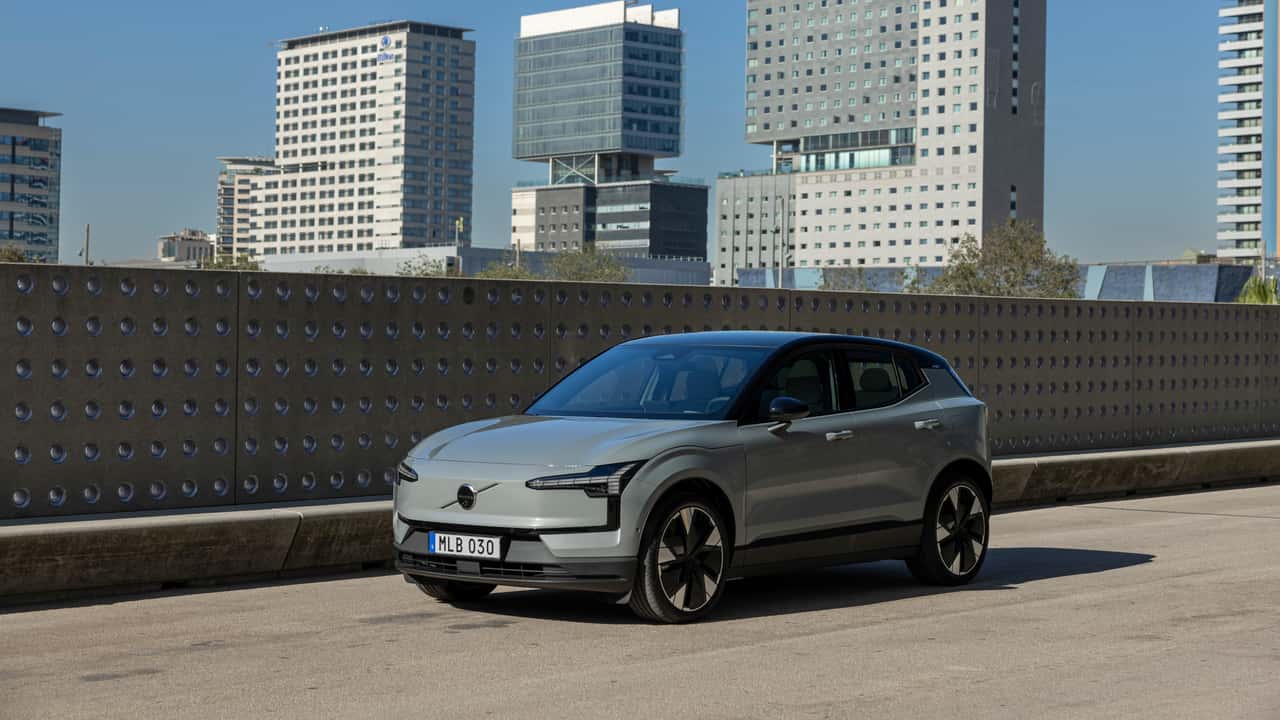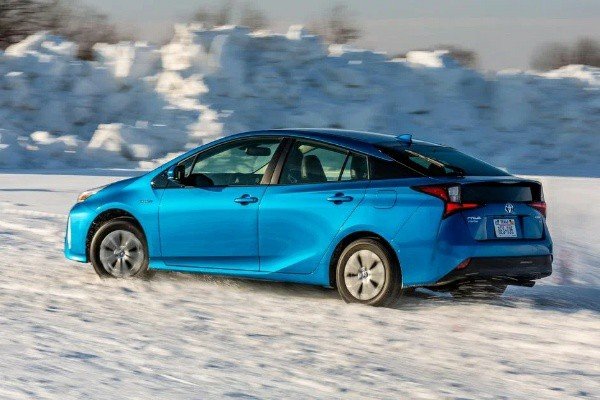An intriguing development accompanied the unveiling of European sales figures for February: plug-in hybrid electric vehicles (PHEVs) demonstrated a noteworthy surge, outpacing the growth rate of fully electric cars for the first time in a significant while.
In the domain of uncertainty, the plug-in hybrid emerges as a robust competitor alongside the electric vehicle (EV). Ambiguity surrounds both, especially regarding the speed of their adoption.
However, the plug-in hybrid has appeared to be somewhat eclipsed for a prolonged period, mainly due to regulatory uncertainties, the complexities of powertrain engineering, and the substantial developmental costs involved.
Nevertheless, the plug-in hybrid is making a resurgence, as evidenced by the latest sales data from ACEA. The collective sales of plug-in hybrids rose by 11.6 percent, whereas EV sales increased by a mere 9 percent during the same timeframe.

This marks the first instance where PHEVs have surpassed EVs in growth, despite EVs still outselling plug-in hybrids by a considerable margin in Europe. In February 2024, EVs claimed a 12 percent market share, whereas PHEVs held 7.3 percent.
The transition is primarily unfolding in Germany, where EV sales plummeted by a staggering 15.4 percent compared to the previous year due to the cessation of EV subsidies. In contrast, EV sales surged by almost 21 percent in our country, with Belgium witnessing a remarkable 67 percent increase in electric car sales.
This surge is attributed to the introduction of new EV subsidies in Flanders, predominantly prompting private individuals to transition to EVs. However, plug-in hybrids also experienced growth in Belgium (21.8 percent) and France (11.8 percent).
With a growth rate of 11.6 percent, the overall market share of PHEVs expanded at a faster pace than the entire European automotive market, which registered a healthy 10.1 percent growth in February.

